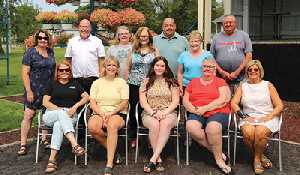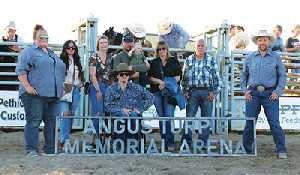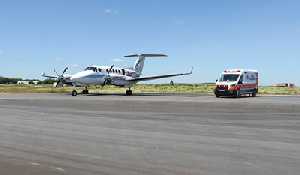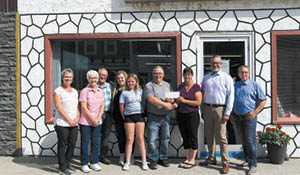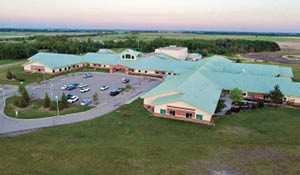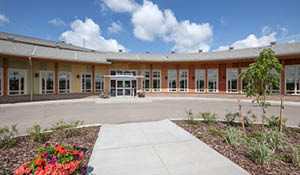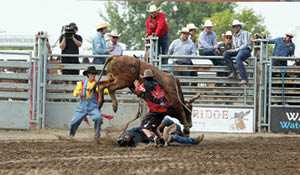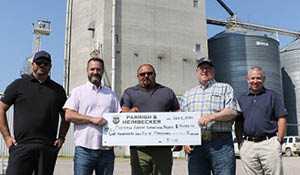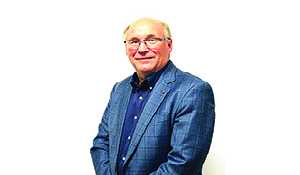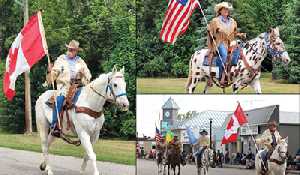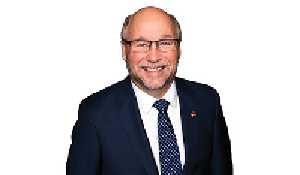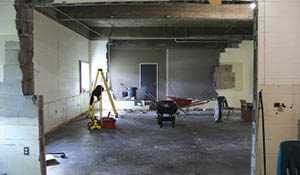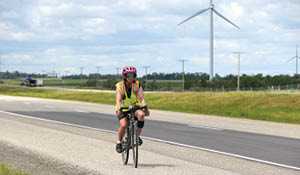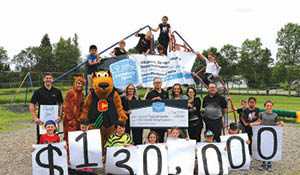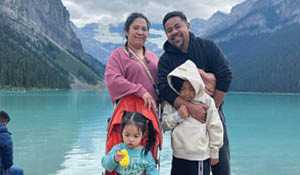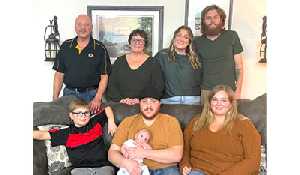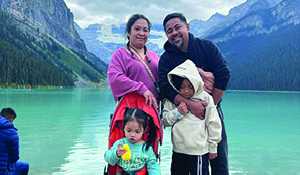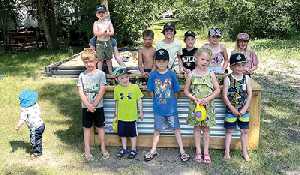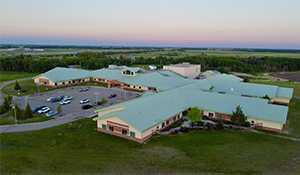Saskatchewan growing at fastest rate ever
April 8, 2024, 11:18 am
Kevin Weedmark
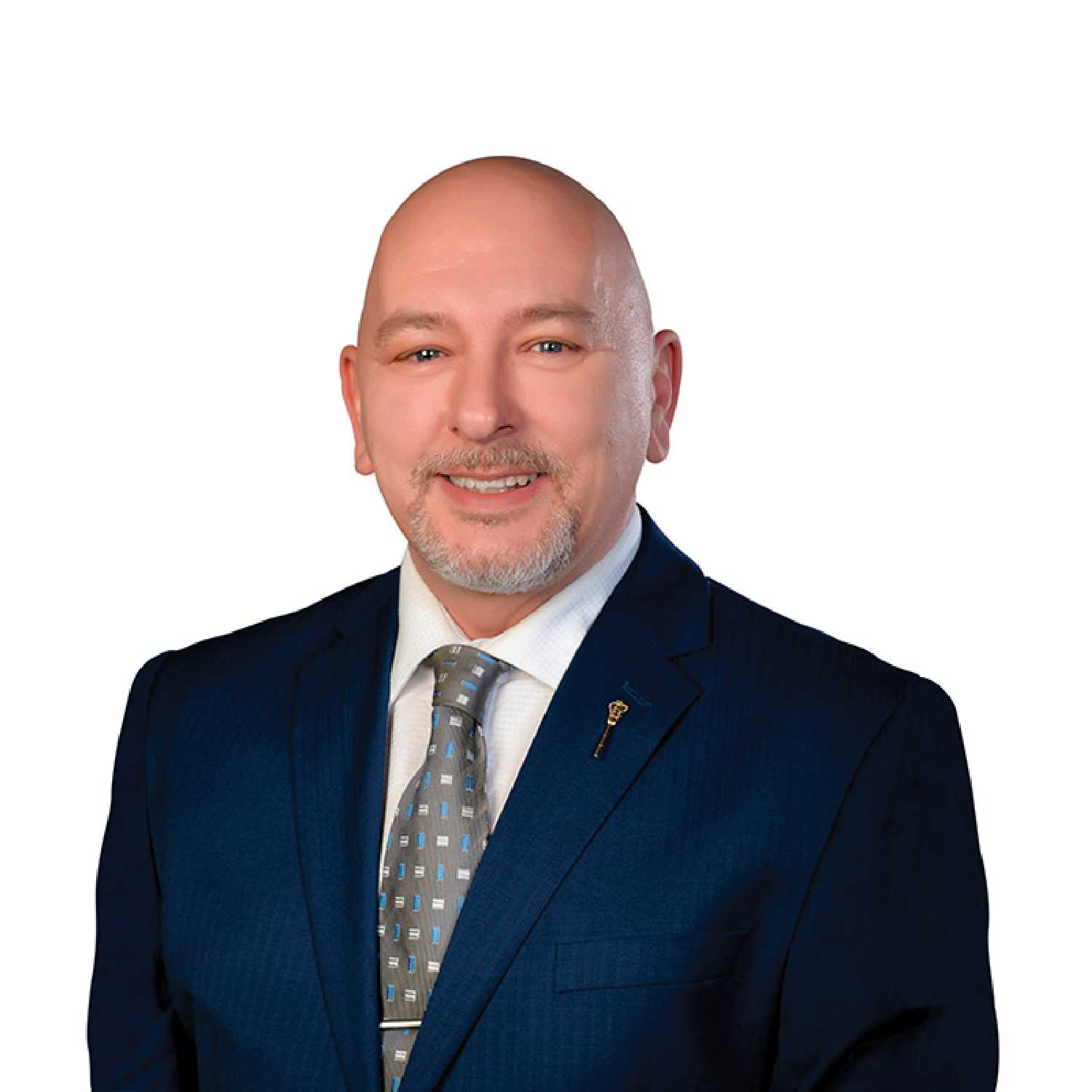

Saskatchewan’s population grew by more than 30,000 in 2023 to an all-time high of 1,225,493, according to new population figures released recently by Statistics Canada.
From December 31, 2022, to December 31, 2023, Saskatchewan grew by 30,624 people. That’s the biggest population increase in a single calendar year since 1914.
“Saskatchewan continues to grow and our government is meeting the challenges of growth with a budget that invests in classrooms, care and communities,” Premier Scott Moe said. “A growing province means more good jobs and opportunities for Saskatchewan people.”
In the fourth quarter of 2023 (October 1, 2023, to December 31, 2023), Saskatchewan’s population increased by 6,517 people.
“Our government will keep working to ensure a growing province, a strong economy and a bright future,” Moe said.
Terry Jenson, Legislative Secretary to the Minister of Immigration and Career Training, says immigration is part of the key to growth in Saskatchewan.
“Contributing to that growth is a very, very successful immigration plan where we have newcomers coming to our province because there’s a lot of opportunity here,” Jenson said.
“We’ve got a very, very strong economy and that economy is agriculture—it’s agriculture, manufacturing, we’ve got mining and we’ve got oil and gas. We have so many different areas and in fact a lot of those areas, I daresay every one of those areas, requires more people. We need more people in the workforce. We have companies that want to keep growing and they need people. By having a very aggressive immigration policy, and the program like SINP or Saskatchewan Immigrant Nominee Program, really does assist us with that.”
He said the Saskatchewan Immigrant Nominee Program is a valuable tool to help immigrants and employers.
“The SINP program is a very valuable tool for employers to find those employees that they need and it really does expedite the process of getting them to the province, or in a lot of cases, they’re already here. So what it does, it really opens the door for employers to acquire new employees in a very, very timely fashion. We have a labour shortage. Right now I think on SaskJobs there is in the neighborhood of around, I want to say 14,000-15,000 positions listed, and we know that companies want to keep growing. We’re experiencing incredible growth in all areas right now and so the SINP program is a very, very valuable tool that we have for employers and it really does help them match up with the employees that they’re looking for.”
He says the population growth is a result of economic strength.
“The growth in population is really a reflection of the growth in our economy. When you look at the budget—a $20 billion budget—and we’re able to invest nine per cent more in education operating funding, 10 per cent more in healthcare, and revenue sharing for municipalities is up 14 per cent.
“That doesn’t happen unless you’ve got a very, very vibrant and strong economy and one that is going to continue to grow well into the future. We’ve got the framework in place and we’ve created the environment so that could happen and now it’s up to the employers of this province to really capitalize on that.”
Jenson said the provincial government has a role in creating policies that allow growing communities like Moosomin to continue to grow.
“You just have to look back to the budget that provides nine per cent more in education and ten per cent more in healthcare. There was 14 per cent more for the town of Moosomin to be able to allocate those extra funds into the areas in the town that they’ve identified as needed. So it’s not so much the good ole days, you know back in the 90s, where there was no revenue sharing plan with municipalities. Everything was just done on a, ‘Well come see us and we’ll see what we can do’ basis. What we’ve done is dedicate one per cent of the PST that’s collected, that goes directly back to the municipalities in revenue sharing, because we believe that it’s better that way. It goes back to the municipalities because they know where that money needs to be invested in their own community a lot better than we do.”
Jenson said he sees the population growth continuing
“I have a smile on my face right now because under our 2030 plan for growth, the target is 1.4 million people and with 30,000 people just in the last year, that puts us at 1,225,000 people right now. I’m very confident that we’re going to pass the 1.25 million mark which is 250,000 more people living in this province today than there was when we formed government in 2007.
“The framework that we have in place right now and the policy that this government has in place right now is conducive to continued growth and that’s what we need. That’s what we want. What it does is provides more opportunities for more people and especially—I look at the next generation coming up. I’ve got a couple of young kids and this is going to provide opportunities for my kids and other kids in the province and other families to be able to stay in the province and contribute to that growth into the future.
“So I don’t see the population growth slowing down any time soon and like I said, we’ve set the stage for this.
“It’s so wonderful to hear so many positive things in terms of growth and as you have mentioned, with the new apartment buildings and the $52 million worth of construction in Moosomin—like you said, it’s never happened before.
“Where I live, I come home from Regina each week and there’s new basements being dug in the neighborhood that I live in. They weren’t there when I left on Sunday and all of sudden there’s new basements that have been dug when I get home on Thursday. That ongoing optimism about the province has so many people feeling so good about what is happening and we want to continue to do that well into the future.”

